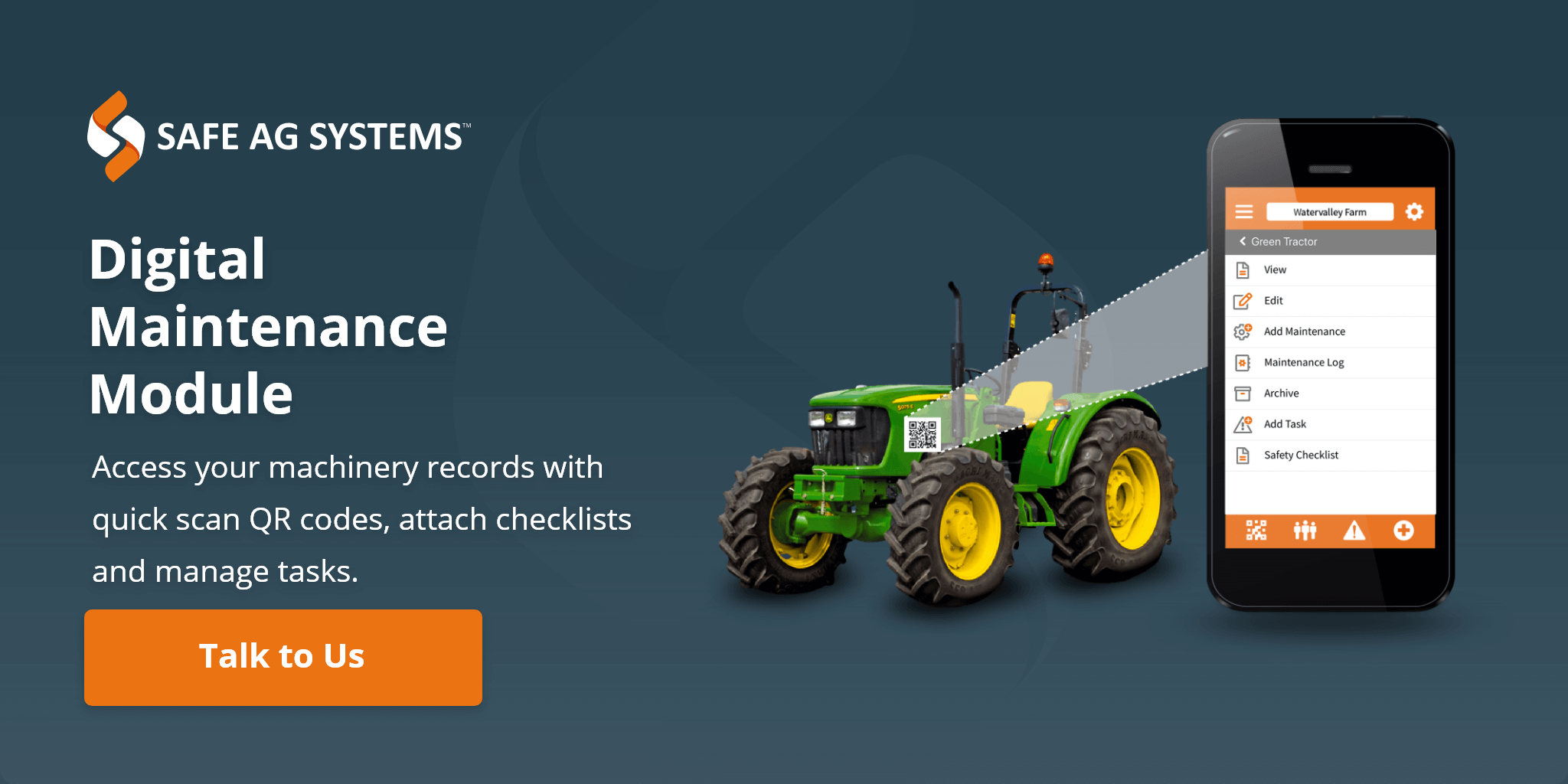If you are a farmer or form part of the agricultural food supply chain within the UK, you’re probably wondering how to become Red Tractor certified or how an agribusiness can join Red Tractor? Once you get your head around what information is required for the Red Tractor assurance scheme application process, its easier than you think.
We’ve previously covered what Red Tractor is, what it does and why its important. This time we wanted to address the auditing process, how you can prepare and what to expect during an inspection.
Who do Red Tractor work with?
The world-leading food chain assurance scheme works with British food and drink producers. This means working with farmers and suppliers covering animal welfare, food safety, traceability, and environmental protection, from farm to pack. Red Tractor assurance confirms that a product has met their standards. These standards cover various sectors of the agricultural industry; fruit and vegetables, poultry, dairy, beef and lamb, pork, and combinable crops.
What does the Red Tractor logo mean?
There are four variations of the Red Tractor logo. The Union Jack represented within each logo signifies that the food or drink has been produced entirely within the United Kingdom and can be traced back through its supply chain to the British farm that grew the ingredients.
Certified Standards
The Certified Standards logo is the most recognised logo, it tells consumers that at least 95% of the finished product is made from the certified ingredient. It also represents that the product being purchased is assured throughout the entire supply chain, it is traceable, safe, and farmed with care.
Named ingredients
Named ingredients logo is utilised for ingredients that make up less than 95%, but more than 65% of the finished product. An example of this is multi-ingredient products such as chicken kiev. However, 100% of the named ingredient or ingredients must be assured.
Enhanced Welfare
Specifically for poultry products, the Enhanced Welfare logo can be applied when additional welfare requirements have been met. These additional measures include the use of slower growing breeds, who are guaranteed natural light and who have over 28% more space than is required by European Legislation.
Free Range
Also used for poultry products, the free-range logo applies to birds who have access to outdoor space for at least half of their life.
How can UK farmers access the Red Tractor Logo?
To access, make claims about certification and use the Red Tractor logo on your packaging you must hold a valid Red Tractor Licence. Red Tractor charges a fee for each licence and per business within the supply chain.
Your product must also be certified at each stage of the supply chain, covering production, transport, storage, and packing. There are four different types of licences you can apply for, and each have their own set of criteria that are to be addressed.
- Processor, Packer or Catering Butcher
- Wholesaler or Distributor
- Trader, Broker or Purchasing Organisation
- Food Service, Contract Caterer, OOH Retailer or Restaurant
We’ve covered the application process of Red Tractor Certification on our previous blog, so we thought it was time to consider preparation for an assessment, the audit and site inspection.
Preparing for a Red Tractor Assessment
The first recommendation from Red Tractor when preparing for an assessment is to read through the standards which are applicable to your sector. These will detail what your assessor will expect to see and what is required for the Red Tractor Assurance Scheme. Completing a self-assessment checklist prior to meeting with an assessor will help you identify the records required.
The records needed may differ slightly depending on your sectors standards, however, we have pulled together a list of examples (but not an exhaustive list):
- Policies
- Breeding and Management Policy
- Health and Safety Policy
- Food Safety Policy
- Risk Assessments (environmental, production site)
- Staff training records
- Emergency Plan
- Contingency plan
- Visitor Records
- Chemical Register
- Fertilizer applications
- Veterinary Medicine Purchase and Disposal
- Date of purchase and quantity
- Batch Number
- Irrigation Records
- Primary source of water for each crop
- Volume
- Date and length of irrigation (time)
How the inspection works
Red Tractor set the assurance standards and then licensed Certification Bodies complete inspections on their behalf. There are five Certification Bodies throughout the United Kingdom and as the farmer or producer it is your choice as to which Certification Body you wish to lodge your application through.
Once you lodge your Red Tractor application an assessor from your chosen certification body will perform an inspection, generally this is either in person or virtual, involving a walk through your property. An assessor will then create a report and notify you of any areas in which you have failed, providing you with the opportunity to address and correct these failures.
What happens after the inspection?
Either evidence of the corrections or a secondary inspection may be required before your farm can become Red Tractor approved. Your Certification Body will then contact Red Tractor who will issue you with a certificate of assurance. Moving forward you can expect annual routine inspections (apart from dairy, beef and lamb which is 18 months) as well as an occasional spot check that can be unannounced.
Once you pass your inspection, have your licence, and are Red Tractor Certified, you must adhere to the standards and established membership rules in order to remain a member.
Did you know that Safe Ag Systems can help you organise and manage record keeping for Red Tractor Certification? The safety software offers policies and procedures, risk assessments, inventory, chemical and machinery management, emergency management and more safety and compliance features.
Topics: Record Keeping for Compliance
Disclaimer: Content on this website may be of relevance to users outside of Australia, but content links and examples are specific to the United Kingdom. Please check with your local authority for your country and industry requirements.











